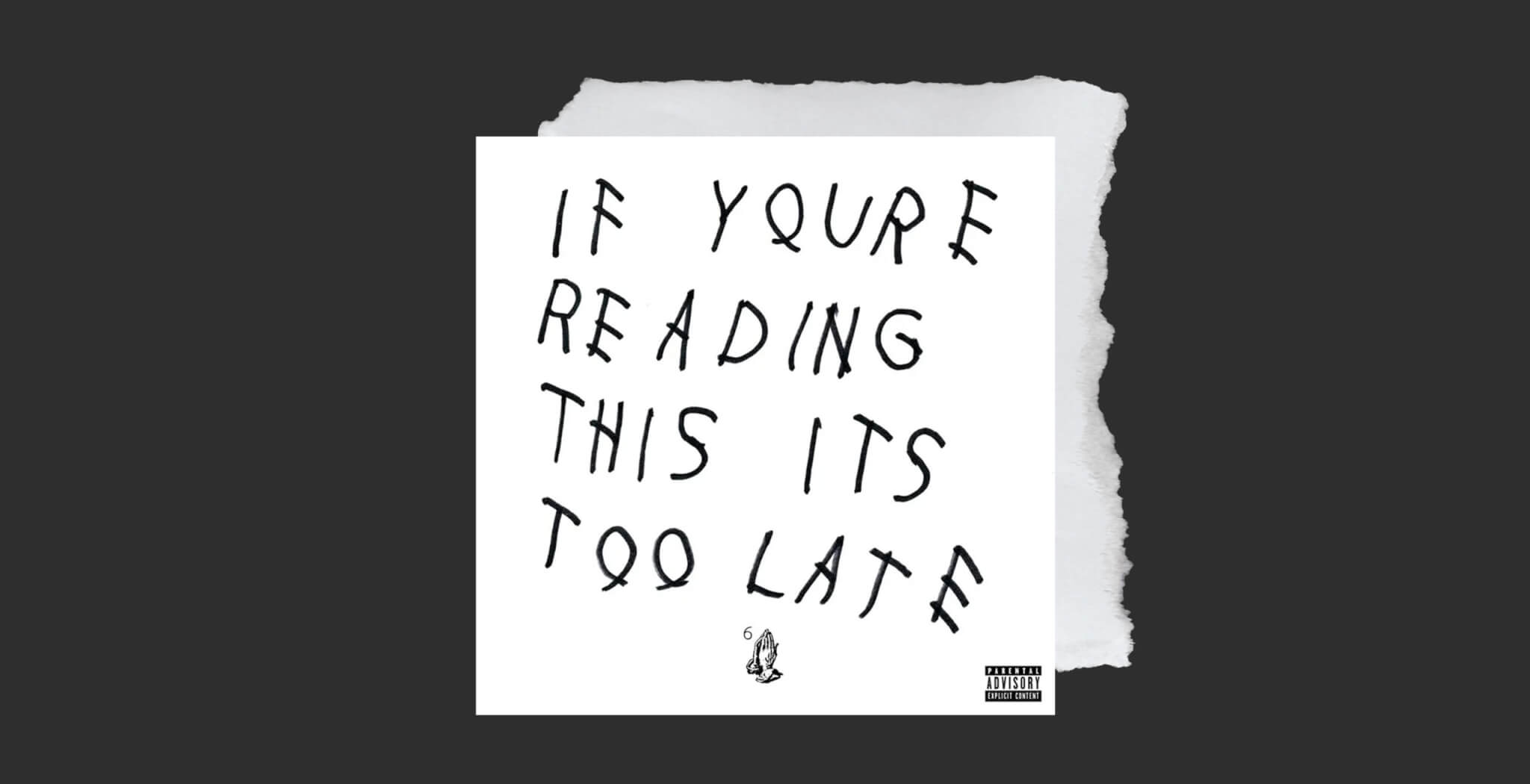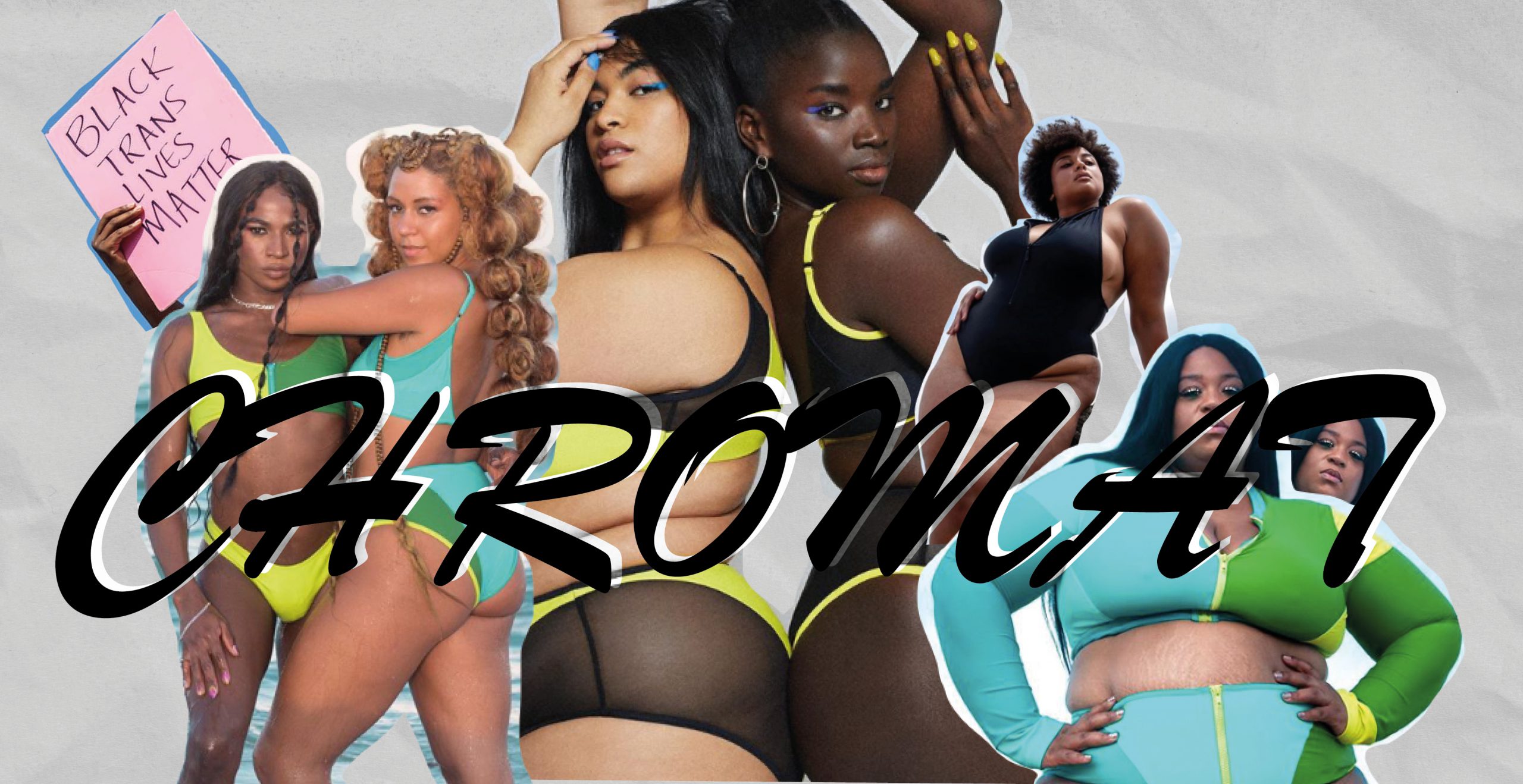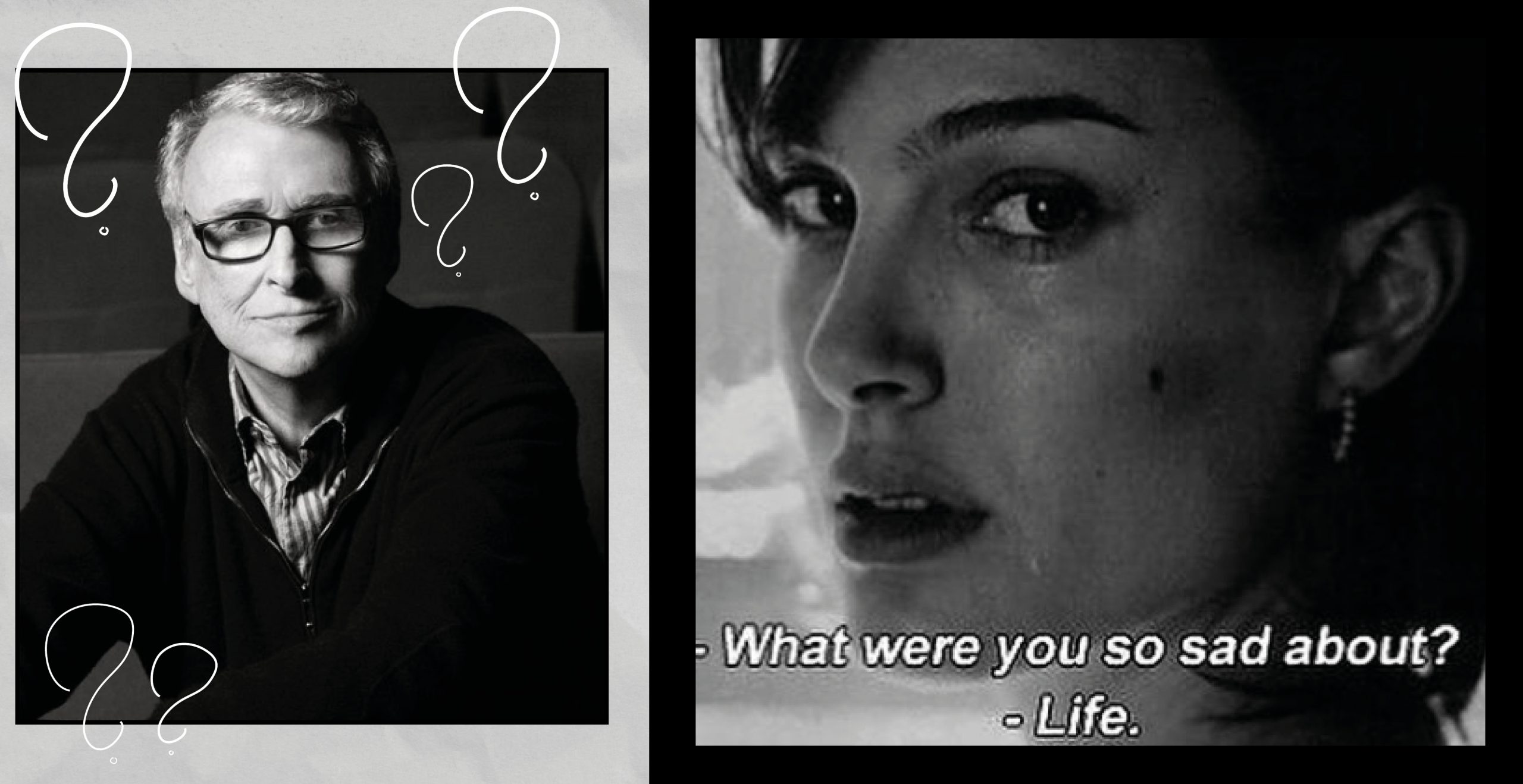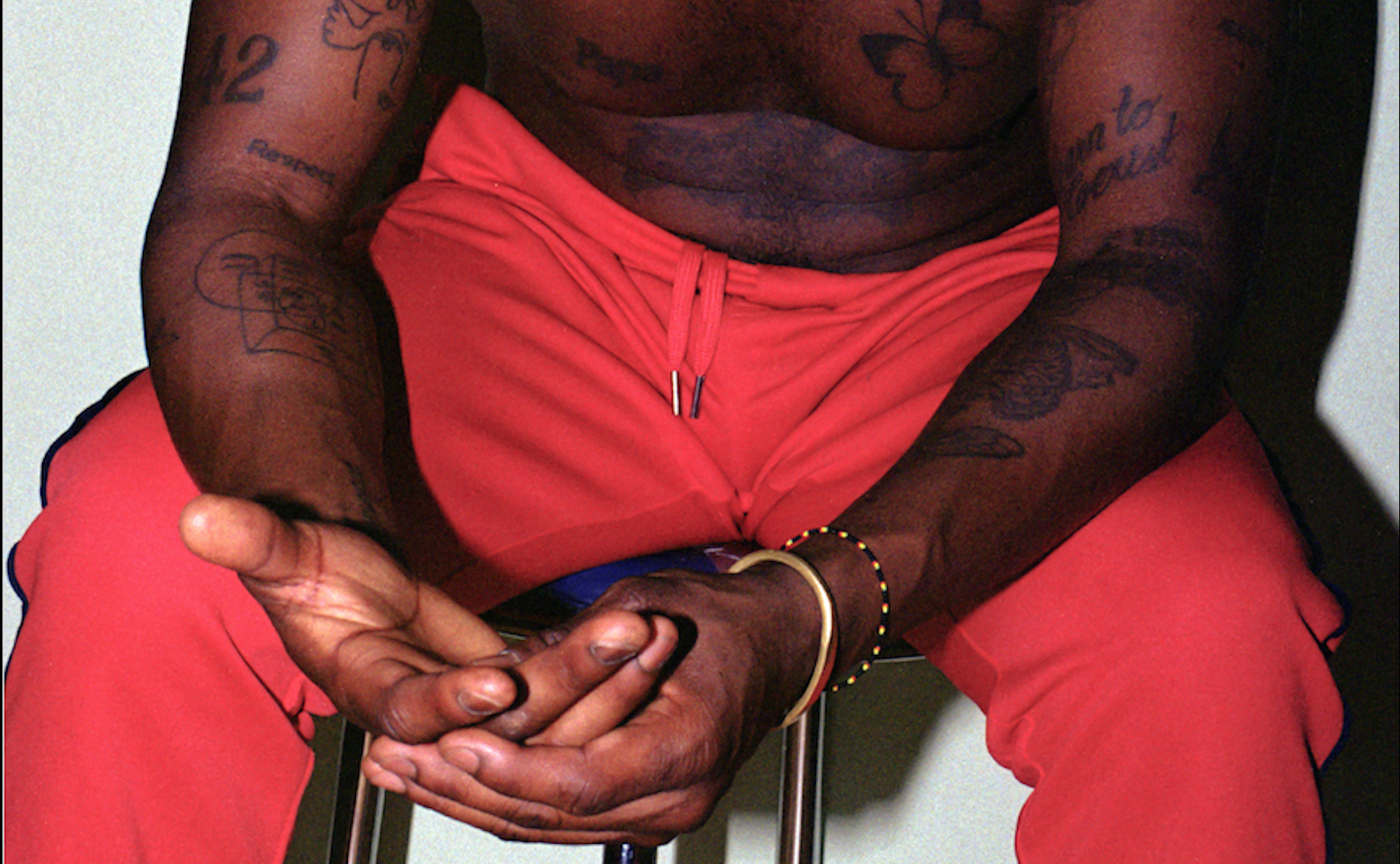“Since then, I’ve had trouble looking at things that are too beautiful because they’re only bound to wilt, or fade, or die – the longer you wait the more certain it will be.“ – Eve Babitz, L.A. Woman
It would not be an exaggeration to say writer Eve Babitz was the original L.A. Woman, a concept that is historically extremely sought after and echoes in Instagram celebs in the likes of Kylie Jenner or Bella Hadid. Other realizations of the idea can be found all throughout media and art. Just last year the Amazon Prime series Daisy Jones & the Six celebrated a huge success, drawing on the dazzling retro aesthetics of 1970’s Los Angeles. Another indisputable member of the L.A. Woman category is singer-songwriter Lana Del Rey, who’s been shaping ideas and visual representations of California with her music for over a decade. Babitz’ legacy is embedded into the cultural fabric that all of these portrayals are made of.
Babitz can reasonably be considered the It-Girl of 1960’s Los Angeles. In her books, she documented her venturesome yet glamorous life making her a prime example of the auto-fiction genre; her memoirs are beautifully honest retellings of her own personal experiences, full of parties, drugs, sex and art. Her impressive list of romantic conquests includes none other than Harrison Ford and The Doors frontman Jim Morrison. Babitz is the L.A. Woman. Despite her unmatched ability to draw readers into the sticky California of the sixties, her books were mostly overlooked upon publication. It’s only in recent years that her work has been rediscovered and re-embraced by literary communities and, more importantly, by The Internet. Her passing away in 2021 contributed to this. A lot of young readers express their love for Babitz on TikTok or Instagram. Clearly, her writing resonates. Her lifestyle is now again desirable. A true Californian party girl, without responsibilities, a real job or interpersonal commitments, – what’s not to envy? This appeal seems to have stuck around, or never faded. And the idea of an archetypal L.A. Woman, a quintessential Californian Girl is seen throughout pop history.
“Are you a lucky little lady in the city of light/ Or just another lost angel, city of night“, Jim Morrison sings on L.A. Woman, the title track of The Doors’ sixth studio album. This L.A. Woman holds an ambivalence; The disparity of loneliness and prosperity that lies in this characterization, is interwoven into the tormented mystique go the L.A. Woman. Sunlit dreams contrasted with hidden darkness. Sadness and struggle become a romanticized asset of the distressed yet “lucky little lady“. In the realm of contemporary music, no one lives and breathes California quite like Lana Del Rey. She has perfected world-building in her songwriting, her
music immediately evokes visual associations. The aesthetic landscapes she creates resonate with an Americana identity, heavy on Old Hollywood, 1960s fashion, diners, cars and of course: Coca Cola. Listening to her, we might not only think of this iconography, we feel we are there experiencing that life, drinking cherry coke in an old Mustang cruising through California. Furthermore, Del Rey popularized the online persona of the Sad Girl and fellow Sad Girls around the world are drawn to her music for that very reason. In Fuck It I Love You she states: “I moved to California but it’s just a state of mind“, implying her relocating to L.A. did not change her mental state and while the exterior of the city appears glamorous, she feels isolated internally. This imagery is commonly used by Del Rey to express the juxtaposition of her feelings. In Arcadia she sings: „My body is a map of L.A./ I stand straight like an angel“. Though she is not an L.A. native, her moving there resonates so much with her true Californian Girl nature that she feels she knows it to a point of embodying it. She becomes the “angel“ in the city of angels. Del Rey encompasses the complicated persona of the L.A. Woman, though she is more of an expression than a projection of it. She shapes the persona herself by writing and singing about it, instead of representing a romanticized fantasy catering to male ideals. While certainly never explicitly feminist, Del Rey narrates the experience of womanhood under patriarchal structures and how this experience results in total misery. Her contrasting this with themes of Americana and sunny California drives home her point. Both Del Rey and Babitz know how to make California a main character. They embody it and become it, making L.A. speak for them.
Just how central this idea is, is shown through two semi-fictional women portraying the archetype: Daisy Jones of Daisy Jones & The Six (2023) and Penny Lane of Almost Famous (2000). Besides being great testimony to the everlasting fascination with Hollywood, these two pieces of media offer insight into their female main characters and the type-of-woman they portray. Daisy Jones & The Six, based on the novel by Taylor Jenkins Reid, follows a group of musicians and focuses on their interpersonal drama, love affairs and addiction problems as they rise to fame. The on-screen Stevie Nicks uh- I mean Daisy Jones, is ultimately one thing: frazzled. Her hair is wavy and messy but always frames her flawless face just right, her outfits are boho-chic and look effortlessly thrown together, paired with long legs and cigarettes. She struggles with severe addiction problems and seemingly pulls the people around her down. Yet she is widely adored and always gets her way. One critique of the show was concerned with the casting: Viewers expressed the lack of authenticity in the actors and specifically pointed out how unbelievable the characters were due to obviously modern styling choices including hyper-smooth skin, balayages and most importantly blindingly white veneers. These things simply were not around in the 1970s and felt out of place. Daisy Jones as an L.A. Woman technically fits in with ideas of being beautiful yet doomed but falls a bit flat as a character. A, in my opinion, way more fulfilling example of the archetype is Almost Famous’s Penny Lane, played by Kate Hudson. Penny and her friends are essentially groupies, following the fictional band Stillwater around on their US tour while having liaisons with the band members. Penny’s look is nothing short of iconic; her blonde curly hair matches her bigger-than-life afghan coat, an outfit that went on to inspire many a Pinterest board or Halloween costume. Penny’s personal
struggles with substance abuse come to light later in the film and draw attention to the constant mental pressure she is under while maintaining the image of the fun-loving, careless party girl. Pamela Des Barres, the real-life inspiration behind Penny Lane, recorded her groupie days in her memoir I’m With the Band: Confessions of a Groupie. L.A. born and raised, she is the queen of groupies, the mother of all rockstar girlfriends.
Cut to the 2020s; who are the women ruling L.A. today? Names like Kylie Jenner, Emily Ratajkowski, Hailey Bieber or Bella Hadid come to mind. While most of them are professional models, they are representatives of a profession that’s only emerged within the last ten years: They’re Instagram models, equal parts model and influencer. While they couldn’t be further from accessible, the influencer is constantly concerned with being sympathetic yet desirable. Women like Jenner or Ratajkowski become otherworldly, though. Everything about their appearances and lives is polished and flawless and defines the new standard all the time. They are emblematic for the fear of transience that exposes itself through the obsession with skin care, normalization of filler and botox and the use of excessive photo filters. The compulsive fixation on certain ideals of beauty results in the phenomenon of a very uniform, standardized look among these women: Instagram Face or: They all look the same. If these are the L.A. women of today, this is bad news for the archetype. This L.A. Woman doesn’t get to age, to suffer or feel pain, to be human. While these women certainly are complex people with thoughts and feelings, their constructed online personas are nothing but a projection screen for how off-the- rails beauty standards have gone.
Merging all of these pieces together we might get an idea of what makes an L.A. Woman and why her magnetism endures. Babitz’ cunning observations about womanhood, beauty and transience still ring alarmingly relevant today. Now, something I would personally pay to hear: Babitz’ opinion on Instagram Face. I think this quote out of Slow Days Fast Company can give us a hint:
“It became clear to me that beauty has nothing to do with fashion, that love can conquer anything, sex is art, and let’s see… hope springs eternal. I love the rain.“ – Eve Babitz, Slow Days Fast Company
*Header: ‘Almost Famous’ film




























